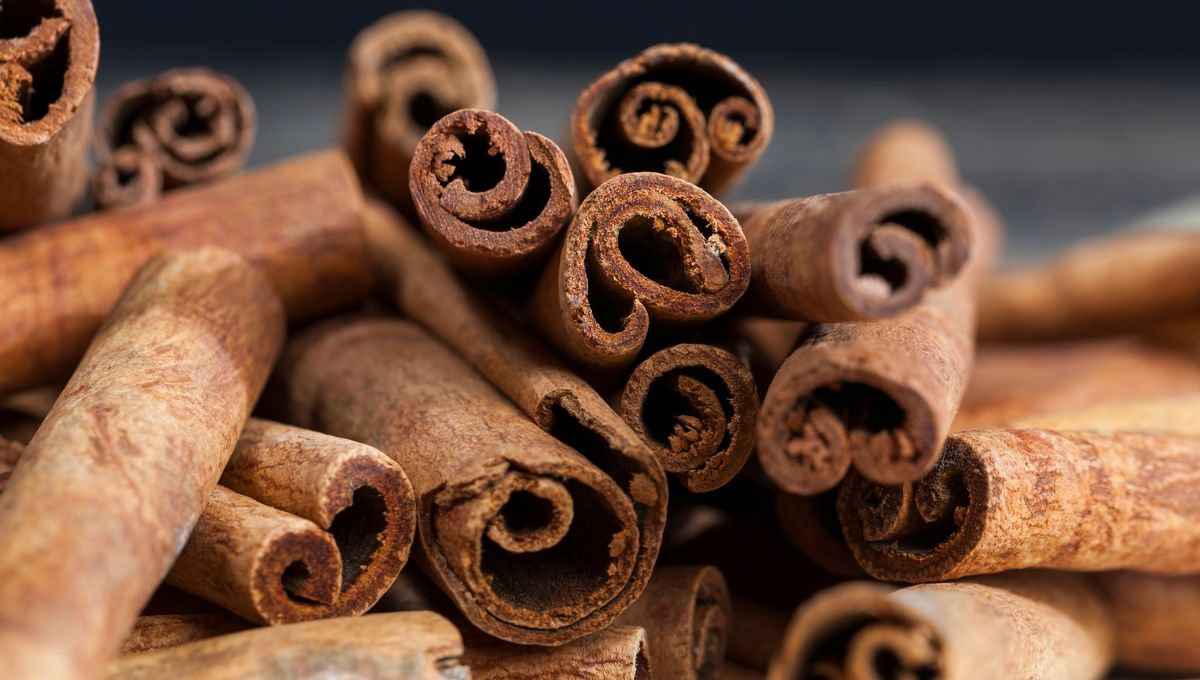
Cinnamon is synonymous with the Christmas season – in pumpkin spice lattes, dense spice cake, and gooey cinnamon rolls, it is a key staple of the cozy aesthetic that many people fantasize about. So, it may be disappointing to know that the cinnamon that you make putting into your delicious homemade treats may not be “true” cinnamon at all.
True cinnamon spice (Cinnamomum verum/ Cinnamomum zeylanicum) comes from the bark of evergreen trees from the laurel family. It is called true cinnamon or Ceylon cinnamon, and is native to Sri Lanka (formerly Ceylon, hence the name), Burma, and the Malabar coast of India, while also being cultivated in South America and West Indies.
The dried inner bark is delicate and sweet in flavor. It has been used for centuries in food and was once more valuable than gold, used in religious practices by different cultures. Cinnamon has also shown some medicinal properties, such as potentially acting as an insulin mimetic.
As always, when there is a product with a high commodity, a cheaper one will always be snapping at its heels.
Enter so-called “fake” cinnamon, or cassia (Cinnamomum cassia), this spice is also made up from the bark of a tree from the same family as Ceylon cinnamon. However, cassia is more likely to whack you over the head with its fragrance — it is more pungent and less delicate in flavor. Like the party-girl cousin in the family.
Cassia is often used as it is cheaper, as it is more readily available due to it spanning over a larger territory. As such, if you buy cinnamon sticks, they are often cassia. This is allowed, as the FDA does not distinguish between cassia and Ceylon cinnamon, despite it having a different flavor, aroma, texture, and look.
Often, both of these cinnamon products come to us in little jars sitting on grocery store shelves. To the untrained eye, they may look very similar – however, Ceylon cinnamon is more tan-brown in color and cassia is more reddish brown in color. The differences are even more vast when it comes to the bark – cassia is darker in color, rolled in thicker sheets, and rougher in texture than Ceylon cinnamon.
To complicate matters even further, there are even three different types of cassia cinnamon – Chinese, Saigon, and Indonesian. All three have different flavor profiles. Chinese cassia is often strong and bitter and is often used medicinally in China, Saigon is very flavorful, fragrant, and almost spicy, while Indonesian is very sweet but mild and is the one that is most found in the American supermarkets.
All cinnamon has a compound called coumarin. This compound is found in higher levels in cassia and can cause health risks if consumed regularly in high quantities – sthe use of cassia cinnamon should be limited. One teaspoon of cassia contains 5.8-12.1 mg of coumarin which is above the Tolerable Daily Intake set by the European Food Safety Authority, whereas Ceylon cinnamon contains much less of this compound.
But, what do you do if you want to stick to the true cinnamon? Well, it is recommended that you buy Ceylon cinnamon sticks (where it says so on the packaging) and grind them yourself. At least then you know exactly what you are putting into your delicious cinnamon buns or your hot chocolates.
Source Link: You Probably Have "Fake" Cinnamon In Your Cupboard